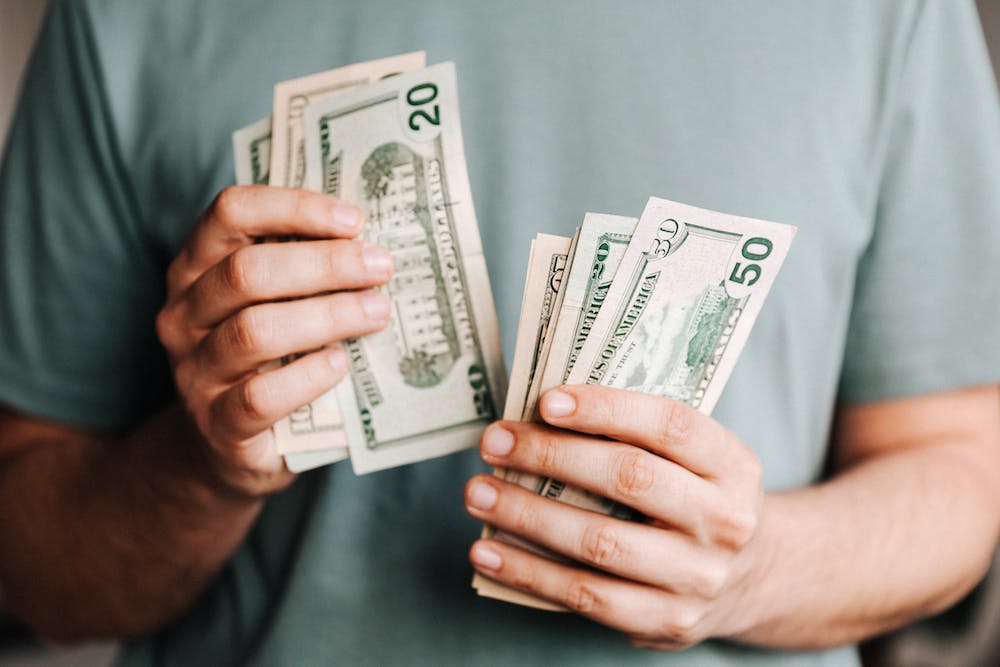
People often approach financial advisors with concerns about cash building up in their savings accounts. It’s not a bad problem, but if it’s sitting in savings accounts with low interest rates, it’s an underutilized asset.
If you’re in a similar situation, like these people, you might be concerned about spending your extra cash. It’s a safety cushion, especially when medical emergencies can wipe it out. Or, you might relate to those who are more concerned that they’re not investing their cash buildup. In either case, you can make your cash work for you with a simple process.
Why you shouldn’t let extra cash sit in savings
It feels good when your money builds up. Watching the value increase with each paycheck can increase your confidence. That’s great, but there’s such a thing as too much confidence. You might spend too much of your extra cash, invest unwisely, or let it sit. The issue here is your extra cash isn’t doing anything. Every dollar should work for you if you’re not spending it.
The two jobs of extra cash
There are two jobs for your extra cash, and here’s how to determine how much to allocate to each job:
1. Cover emergencies
You need money for emergencies. Think about the worst scenario that could happen to you. (Not the worst possible, as that’s unlikely to happen.) For most people, that could be losing their job or primary source of income. If your income dropped to zero, how long would it realistically take to find a new one? Do you have options, e.g. former coworkers who’ve extended lines to you in the past, or do you predict a tight labor market for your skills?
Realize, this isn’t about finding another job today, rather finding one after being let go from your current position. What would cause that? The company might be doing worse, your industry might be struggling, making firms less eager to hire, etc.
However long you predict it’ll take to find a new job, that’s how long your emergency fund should cover. For example, if it’ll take four months to find a new job, your fund should cover four months of your current lifestyle. If your lifestyle is lavish, you’d need a lot more funding unless you’re capable of reducing your spending in a snap.
2. Cover future big expenses
The second fund will cover purchases over the next five years that are above your income. e.g. Big expenses, like vacations and down payments for houses. Next, add your emergency fund and future big expenses together to determine how much you should have in savings.
What to do with the rest of the money
If you have more than the amount figured above, that extra money goes into your long-term investment portfolio. Your long-term investment portfolio is made up of all your investments, from 401k to your regular taxable account. This is a single portfolio designed to provide long-term returns, and market crashes shouldn’t make you panic sell.
What to do if you don’t have enough savings
If you can’t cover your emergency and future major purchases fund, there are a couple things to check:
- Is your Spending Plan correct? If not, lower it to change your emergency fund target.
- Are you committed to your future big expenses? If they depend on higher bonuses or greater stock compensation, you don’t need to reserve money for those expenses today because they’ll be paid by future income.
If you still don’t have enough savings, then your future extra savings need to fill the gap before any extra investing.
At the end of the day, every dollar should work for you
All your invested funds have at least five years to grow, and all savings you have is saved for emergencies or future purchases. With this process, you’ll have transparency and control over your financial future.